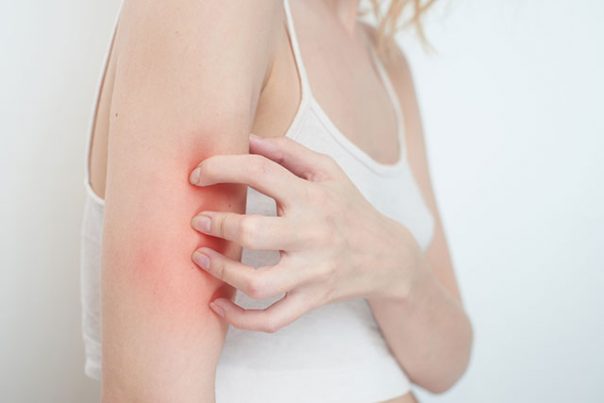
Bactroban – uses, health risks, and side effects at NaturalPedia.com
Tuesday, August 14, 2018 by Ralph Flores
http://www.naturalpedia.com/bactroban-uses-health-risks-and-side-effects-at-naturalpedia-com.html

Bactroban (generic name: mupirocin) is a topical antibiotic used to treat skin infections – including impetigo or staph infections. It is available in two forms – cream and ointment, as well as a separate formulation used as a nasal ointment.
The medicine is only used on the skin and should be applied in small amounts and should not be applied in a large area.

Known health risks or side effects of Bactroban
Side effects for the topical dosage of Bactroban include:
- Localized pain on the application site
- A burning or stinging sensation
More severe conditions include the following.
- The formation of crusts and blisters on the skin
- Itching, irritation, and reddening
- Canker sores and formation of white spots on the lips and mouth
- The appearance of cracked, dry, and scaly skin
- Skin that is painful, tender to the touch, and warm
- Coughing
- Difficulty swallowing
- Dizziness and fever
- Increased heartbeat and tightness of the chest
- Hives and swelling on the face, throat, sex organs, and extremities
- Puffy eyelids
- Severe abdominal cramps
- Extreme lethargy
- Watery and sometimes bloody diarrhea.
On the other hand, the following side effects can be seen in the nasal application of Bactroban.
- Bleeding from the nose
- Rash
More severe conditions are similar to those of topical applications of the antibiotic.
List of organs that might be affected by Bactroban
Those with existing or who have had kidney problems are advised to consult with a healthcare professional before using Bactroban.
Food items or nutrients that have similar effects to Bactroban
Recommended food items for impetigo – the condition addressed by Bactroban – include:
- Fruits and vegetables
- Whole grains
- Extra virgin olive oil
- Omega-3 fatty acids (found in certain plants and fish)
- Ginger
- Turmeric
- Organic Manuka honey
Taking astragalus or raw garlic can also help with the infection, as both contain natural antibiotic properties. If a person is under oral antibiotic therapy, take a probiotic supplement during and after treatment to improve gut microbiota.
To prevent the spread of the disease, apply tea tree or tamanu oil topically.
Treatment and management options for the side effects of Bactroban
To treat an itchy skin, which is one of the side effects of Bactroban, the following treatments are recommended.
- Baking soda. Add a cup to a tub filled with cool water and soak for half an hour. Pat dry afterward. If the itching is localized, prepare a paste using three tablespoons of baking soda with a tablespoon of water. Apply to the area and leave on for 10 minutes.
- Oatmeal. In particular, adding two cups of colloidal oatmeal to a tub of lukewarm water and soaking for at least 20 minutes can help relieve itching and reduce inflammation. Unprocessed oat flour or ground whole oats can also be used.
- Cool water. Run cool water on the affected skin to relieve itchiness.
- Lemon. Applying lemon juice releases citric and acetic acids which can address the infection. However, this should not be done on those with sensitive skin.
- Apple cider vinegar. Dilute two to three cups of apple cider vinegar to lukewarm bath water. Soak in the solution for 15-30 minutes, then pat dry to unlock its antifungal and antibacterial properties. Use smaller doses in localized itching and apply to affected area.
- Juniper berries and cloves. A home remedy made of juniper berries, cloves, and beeswax can reduce itching by numbing the nerves and reduce inflammation.
Where to learn more
- Deadly superbugs are evolving across U.S. hospitals… Chemical medicine has NO answers (but natural medicine does!)
- Honey helps problem wounds (press release)
- 14 Natural Antibiotics And Antibacterials That Should Be In Every Home
- Colloidal silver gaining ground as a proven, effective antibiotic remedy
- Emergency first aid checklist: Herbs, medicines and tools for holistic medical safety in any crisis
Summary
Bactroban is used to treat skin infections.
Bactroban is available as a cream and ointment, as well as a nasal ointment.
Bactroban may affect the kidneys.
Sources include:
Tagged Under: Tags: Bactroban





